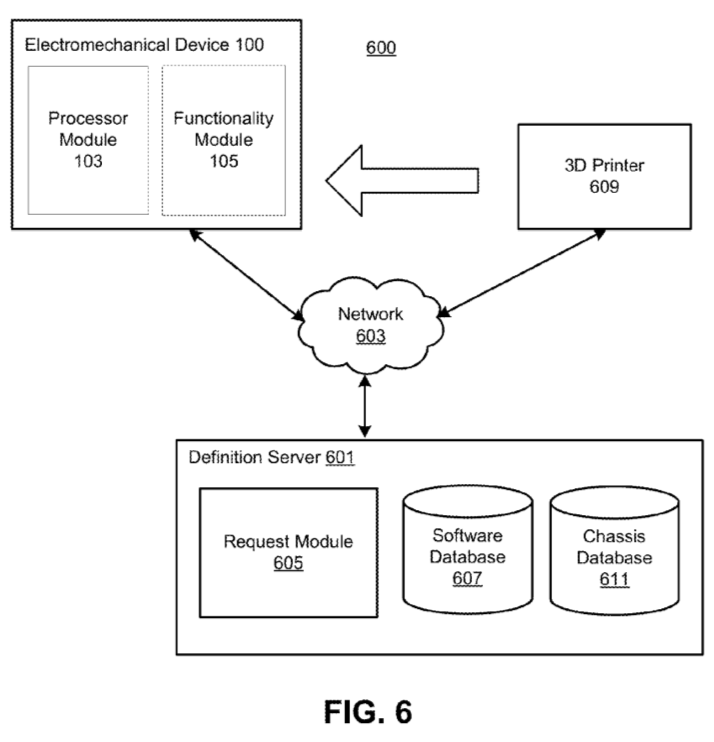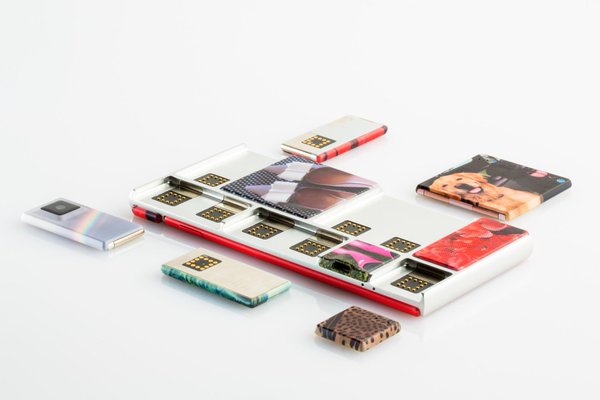A recent patent suggests Facebook is developing a modular smartphone with 3D printing.
The patent refers to a ‘modular electromechanical device’ which could have many different forms with components slotting into a 3D printed frame.
The patent was filed by Facebook’s Building 8 group. Building 8 is concerned with developing hardware products at scale and to “power this with a breakthrough innovation engine modeled after DARPA.” The group is led by a former Director from DARPA, Regina Dugan.
The patent gives a glimpse into Facebook’s hardware goals and it is interesting the company is looking towards 3D printing to realize them.

Modular smartphone
The concept of a modular smartphone has already been explored by Google with its Project Ara. The much-anticipated project was unfortunately scrapped before completion.
However, the concept was an exciting one for the possibilities of consumers custom building their own smartphones and Dutch startup Fairphone has similarly explored the idea.
Naturally 3D printing would bode well for the ability to fabricate module casings and allow for an extra level of customization to the phone’s body.
In the patent, Facebook reveals it is motivated by the fact electronics have very short lifespans,
“Consumers purchase consumer electronics that utilize cutting edge technology only to find that their electronics are outdated in the near future.”

Expanding lifespan with 3D printed modules
Addressing this, Facebook is looking to extend the life of electronics by allowing separate elements to be upgraded or expanded.
Building 8 incorporated Nascent Objects last year as Facebook acquired the company. Nascent Objects utilized 3D printing in the past to create modular products and it seems Facebook is now looking to launch its own in this form.
The patent describes a device which is formed of a 3D printed chassis to which different modules are then added.
“In one embodiment, the chassis is a unitary structure formed from a three-dimensional (3D) printing process.”
This may mean that users could expand the function of their device by 3D printing a specific chassis themselves. Since, as the patent explains, the electromechanical device’s functions are “defined by the combination of modules attached to a chassis.”
It will be interesting to see how the concept advances and if it does ever get further than Google’s own project. Especially if Facebook allows for the broad possibilities of users redesigning the phones with their 3D printers.
If you want to work in the 3D printing industry, check out our 3D Printing Industry Jobs. And to stay up to date with the all the upcoming events within the 3D printing industry, or to add your own, visit our new events page.
For all the latest 3D printing news, subscribe to the most widely read newsletter in the 3D printing industry, follow us on twitter and like us on Facebook.
Featured image shows modular devices created by Nascent Objects. Image via Nascent Objects.



